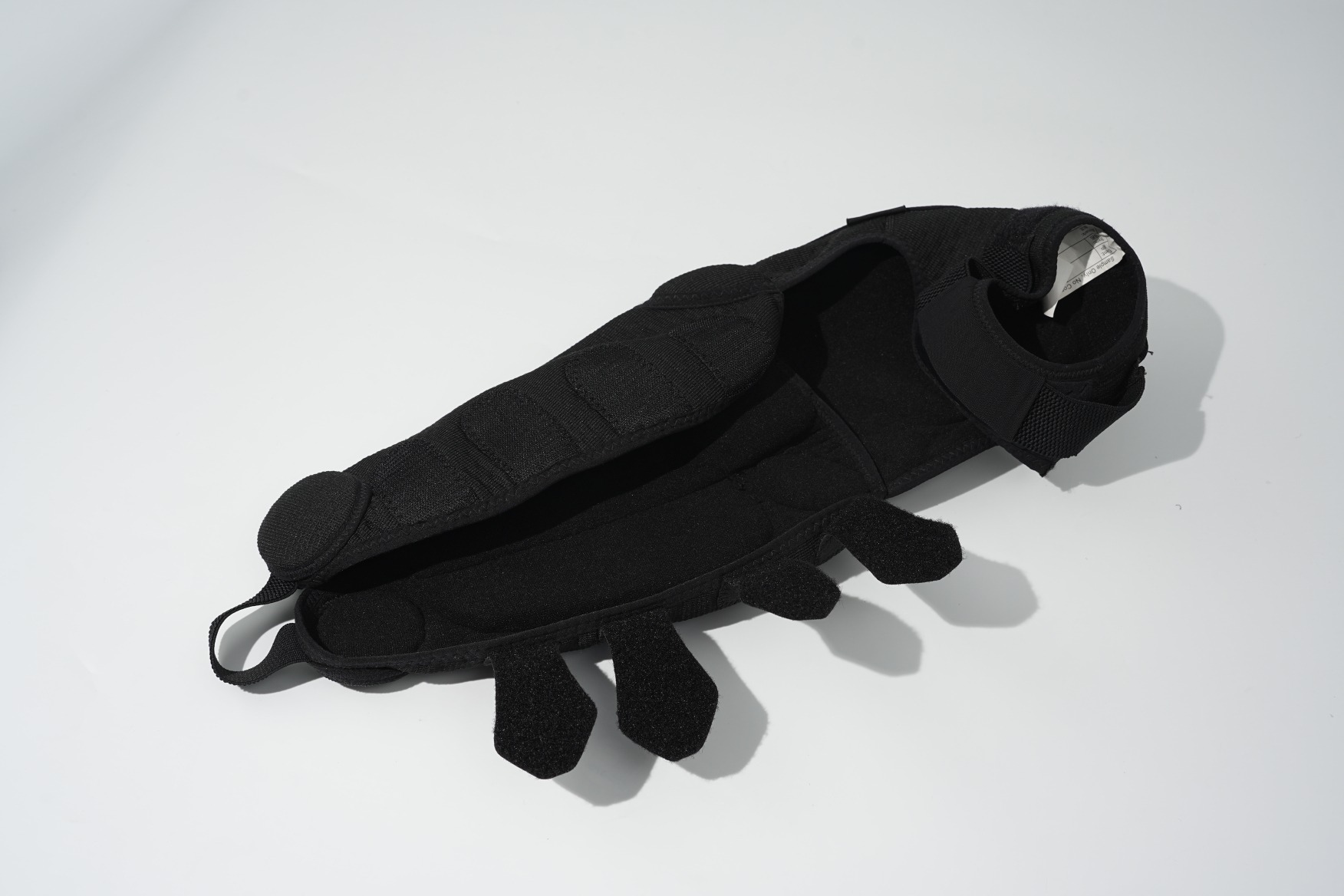Telemark knee pads are specialized protective gear designed for telemark skiers, offering impact resistance, flexibility, and durability. These pads are engineered to withstand the unique demands of telemark skiing, which involves deep knee bends and dynamic movements. Key features include:
Impact Absorption: High-density EVA foam (typically 50-60 kg/m³ density) with a shock absorption rate of 90%+
Flexibility: Articulated hinges or segmented designs allowing 180°+ range of motion
Durability: Constructed with 500D-1000D Cordura nylon or similar abrasion-resistant materials
Moisture Management: Breathable mesh panels with 20-30 CFM air permeability
Secure Fit: Adjustable straps with silicone grippers maintaining 15-20mm Hg compression

| Feature | Specification |
|---|---|
| Impact Protection | CE EN 1621-1 certified, withstands impacts up to 50J |
| Weight | 200-400g per pad (size dependent) |
| Temperature Range | -30°C to +40°C operational range |
| Closure System | Hook-and-loop or BOA® fit systems with 5-10mm adjustability |
The primary application where the combination of impact protection (tested to withstand 3-5G forces during falls) and unrestricted flexion (maintaining 140°+ knee bend angles) is critical. The low-profile design (typically 8-12mm thickness) fits seamlessly under ski pants.
Used during skinning ascents where knee protection is needed against rock strikes (abrasion resistance tested to 10,000+ Taber cycles) while maintaining breathability (moisture vapor transfer rate >1000 g/m²/24h).
Essential for mixed terrain where crampons and ice axes present puncture risks (materials tested to resist 4N puncture force per EN 388). The lightweight construction (under 300g/pair) minimizes energy expenditure during long approaches.
Used in technical ice climbing where knee bars and stem moves require both protection and tactile feedback (pressure distribution optimized for 15-20psi contact points).
Adaptable for enduro riding with their low-profile protection (meeting ASTM F1952 standards for downhill impacts). The moisture-wicking liners (with 70%+ wicking efficiency) handle high exertion scenarios.
Used in cold environments where standard knee pads lack insulation (R-value of 0.5-1.0 clo). The non-slip surfaces (coefficient of friction >0.8) provide stability on icy surfaces.
Remove all snow and debris with a soft brush (use nylon bristles under 70 durometer)
Hand wash in lukewarm water (30°C max) with pH-neutral detergent (7.0-8.5 pH range)
Air dry away from direct heat (maintain<50°c drying="" temperature="">
Store flat or rolled (avoid sharp folds that could crease foam cells)
Maintain 40-60% relative humidity to prevent material degradation
Keep away from petroleum products which can degrade TPU components
Conduct quarterly inspections:
Verify strap elasticity (should return to 95% original length after stretching)
Check foam compression (should rebound within 30 seconds after 50% compression)
Inspect stitching (minimum 5 stitches per inch integrity)
Typical lifespan:
Foam inserts: Replace every 200-250 impact cycles
Straps: Replace when elasticity drops below 80% original
Hard shells: 3-5 year replacement cycle depending on UV exposure